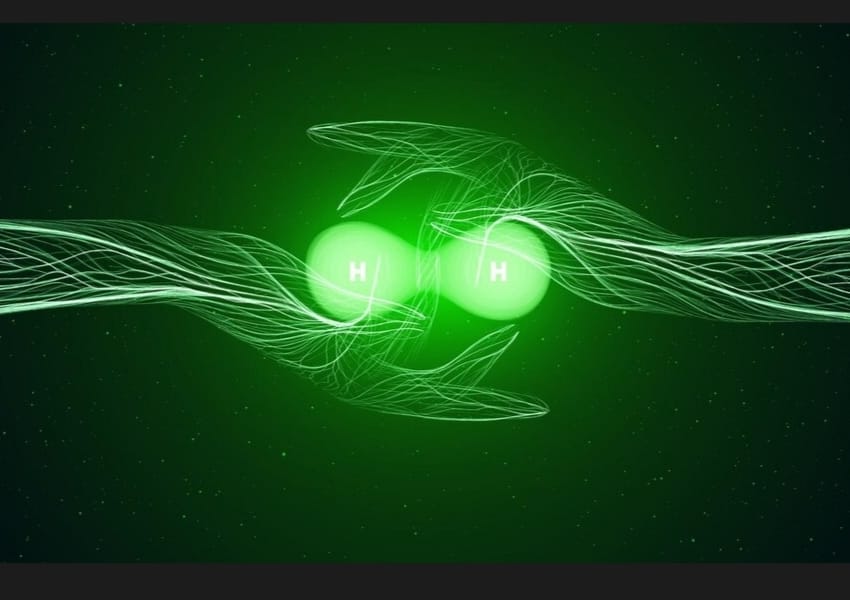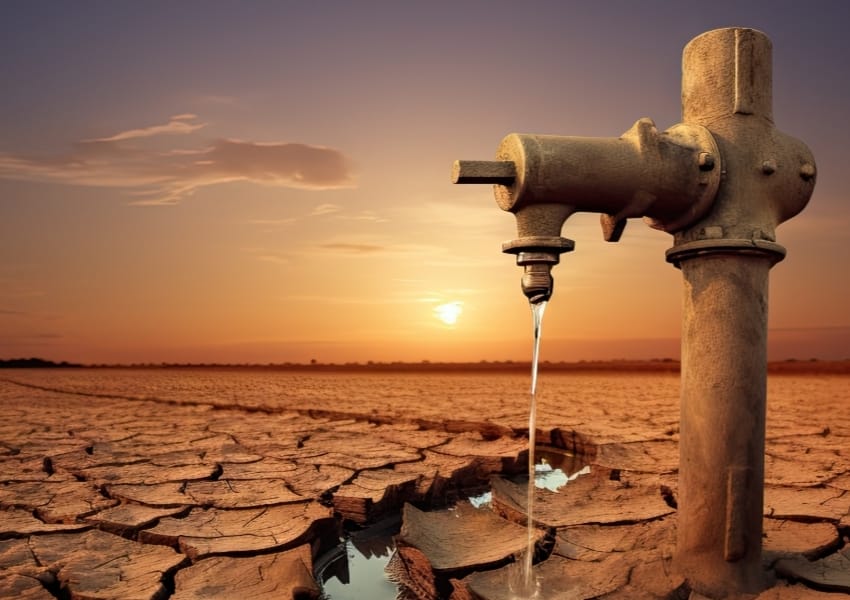Methane Emissions From The Deep Ocean Have Been Responsible For Climate Change

Researchers from Newcastle University have found that the frozen methane known as “fire-ice,” which is locked as a solid underneath our oceans, is susceptible to melting as a result of climate change and may end up spilling into the ocean
Newcastle University researchers have conducted a study revealing the susceptibility of fire-ice, or frozen methane beneath ocean surfaces, to melting due to climate change. Published in Nature Geoscience, the study suggests an increased vulnerability of methane, a potent greenhouse gas, to be released into the atmosphere. The study focused on methane hydrate, an ice-like structure located below the ocean floor, holding vast amounts of methane. When this hydrate dissociates due to warming oceans, it releases methane into the atmosphere, contributing to global warming. The researchers utilized advanced three-dimensional seismic imaging techniques off the coast of Mauritania to examine dissociated methane that had travelled approximately 40 km and was released through underwater depressions known as pockmarks.
Professor Richard Davies, the lead author, made a noteworthy discovery during the Covid lockdown, identifying pockmarks off the coast of Mauritania. He stated, “It was a Covid lockdown discovery; I pretty much stumbled over 23 pockmarks when I revisited imaging of strata just under the modern seafloor offshore of Mauritania.” Contrary to previous beliefs that this hydrate was not affected by climate change, the study indicates a portion of it is indeed susceptible.
The research delves into the impact of temperature variations near continental boundaries on methane release from hydrates, particularly in the deeper underwater base of the hydrate stability zone. Professor Dr. Christian Berndt from GEOMAR Research Unit Marine Geodynamics in Kiel, Germany, emphasized the significance of this discovery, stating that previous studies had focused on shallow regions, assuming they were the only areas affected by climate changes. The findings suggest the potential release of substantial amounts of methane from marine hydrates, urging further research to comprehend its role in the climate system.
Methane, the second most prevalent anthropogenic greenhouse gas after carbon dioxide, constitutes about 16% of global greenhouse gas emissions, according to the US Environmental Protection Agency. The study’s insights could prove valuable in predicting and mitigating the effects of methane on the changing climate. As the Earth warms, the research team plans to continue monitoring methane vents along the margin and anticipate major methane seep locations. To deepen understanding and establish a stronger connection between pockmarks and past instances of global warming, the researchers are organizing a scientific cruise.
Reference: Davies, R. J., Yang, J., Ireland, M. T., Berndt, C., Morales Maqueda, M. Á., & Huuse, M. (2023). Long-distance migration and venting of methane after marine hydrate dissociation. Nature Geoscience. doi:10.1038/s41561-023-01333





































































































































































































































































































































































































































































































































































































































































































































































































































































































































































































































































































































































































